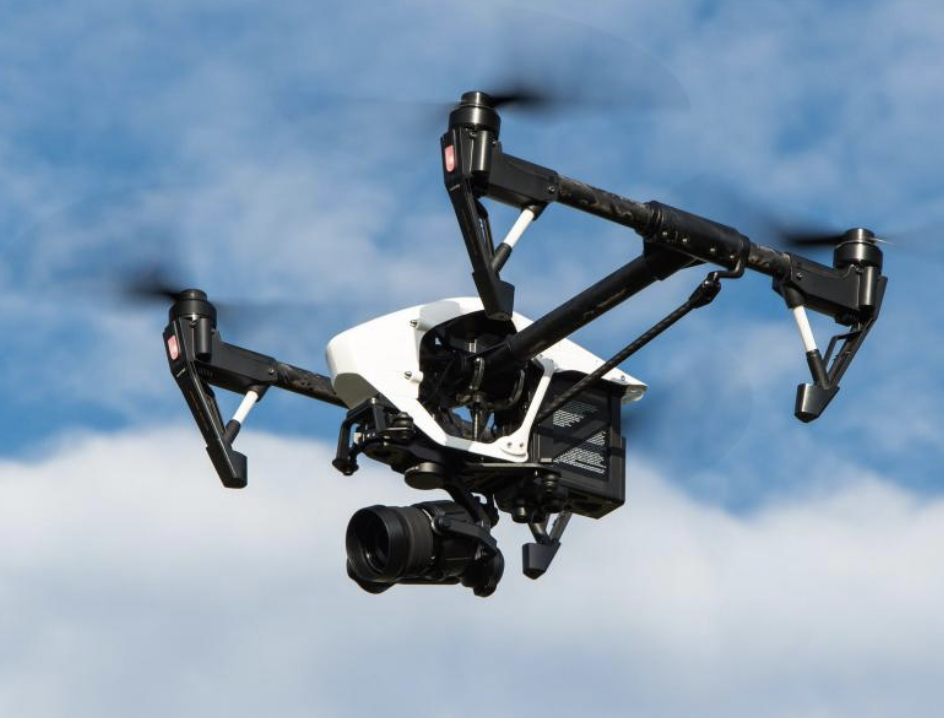
So much to think about when confronted with death. And after the service all the people scatter. What do we do after the service? Where are we going?
If we have elected for a burial, this is quite easy as our loved one is gently lowered into the muddy well dug tomb. We often bury people to a considerable depth, around 6 feet, but there are options for multiple deaths in the same plot. Which is odd when some might think that it would be more ethical to bury people at a shallower depth where more nutrients exist and the body will decay faster.
Really six feet?
According to the law in England and Wales:
- No body shall be buried in a grave in such a manner that any part of the coffin is less than three feet below the level of any ground adjoining the grave:
- Provided that the burial authority may, where they consider the soil to be of suitable character, permit a coffin made of perishable materials to be placed not less than two feet below the level of any ground adjoining the grave.
- No body shall be buried in a grave unless the coffin is effectively separated from any coffin interred in the grave on a previous occasion by means of a layer of earth not less than six inches thick.
In Lanarkshire, the burial plot or lair, as referred to in Scotland, it wholly depends on the local authorities:
- if the depth remaining is less than 1.20 metres but greater than 0.90 metres the lair is likely to be able to accommodate one full size coffin
- if less than 1.70 metres but greater than 1.20 metres, the lair is likely to be able to accommodate two full size coffins
- if less than 2.20 metres but greater than 1.70 metres, the lair is likely to be able to accommodate three full size coffins
Does that make a difference to you?
Cremation
If we opt for a cremation, the ashes will be returned to us in possibly a plastic tube, safely enclosed in a drawstring bag, and all this in a box – that’s what happened with my Dad. What we do now is a bit of a quandary. Do we inter the ashes, or have them placed within a special urn or glassware, or scatter them at a place where they might have thought a ‘thin place’. The array of options is considerable. All of these attract a variety of additional costs, well except the scattering. The rules for scattering might vary, country by country. Scotland’s rules are “You can scatter ashes anywhere in Scotland if you have the permission of the landowner.”

By drone?

One company is offering to scatter our loved one’s ashes from a drone. It’s not like Amazon delivery but a very different way of celebrating their life. One aspect which might be forgotten is that cremation returns are “surprisingly heavy, so it takes a capable drone to act as the carrier“. The ashes can be scattered over private land with the landowner’s permission, but is usually scattered over public land very early in the morning so well away from the attention of the public. So the next time you see or hear a drone very early in the morning…
Natural Burial?

We have mentioned this before, but the concept of natural burials, where our loved one is laid to rest in gardens where, not tombstones flourish, but wild flowers grow, their favourite tree emerges or perennial flowers return near their birthday may be a wonderful reminder. Here is a link to show where natural burials are possible in Scotland. That list is not exhaustive as new sites emerge.
Could you add to any of the above topics, correct what is written, or offer your perspective – please do so in the comments. It helps all that read them.
With burials, there are so many issues of availability of space, and the eco concerns. Ashes – many people keep them in a cupboard, unable to face that next step of admin, cost, and going through another stage of the grieving process. Perhaps the final one, in practical terms, but nevertheless, difficult. Particularly where there is a family grave and members of the family responsible, have not sorted things out. While applying logic and reason to the emotion surrounding death, the fact (ah ha) remains that it is deep emotion and often a tangle of distant family involved in what to do with the ashes. One friend ended up, in lockdown, not being able to go to her mum’s funeral, and then her family living 200 miles away, ‘dealt’ with the ashes, without telling her, because ‘oh come on, it’s just the ashes.’ Another friend, in her 20s when her mother died, and 40s when her dad died, went to the house to visit and confront what to do with the ashes with her father’s second wife of 15 years. ‘Oh, I scattered them in the woods as I wished to be close to him.’ “But what about us, his four kids?” ‘It was a private moment for me and him’. These matters are serious, and cover deeply personal territory and the sense of belonging.
So are we, as society, “prepared” for the burial or cremation but not for what to do with the ashes? Should we contemplate this actively?
I found the dialogue interesting and I enjoyed it